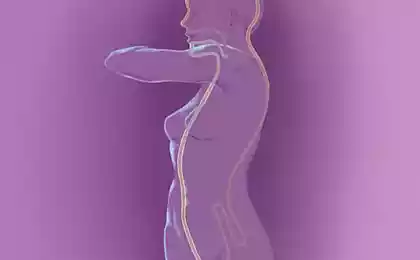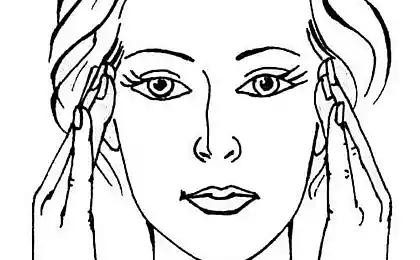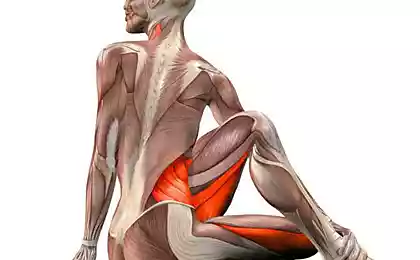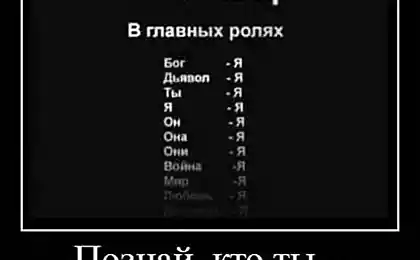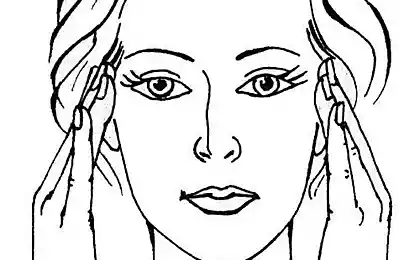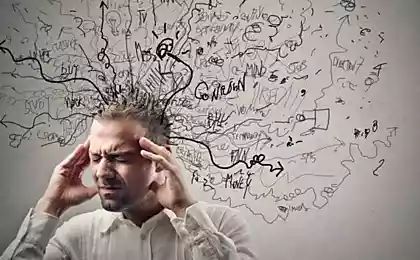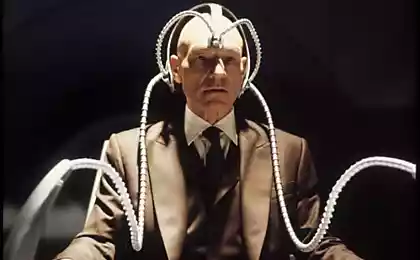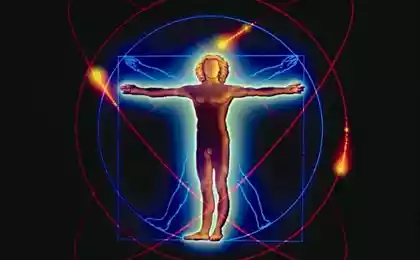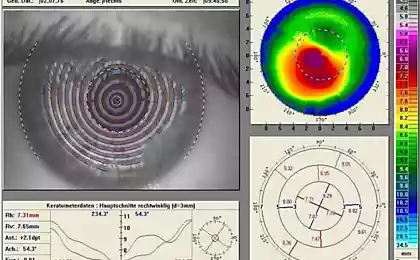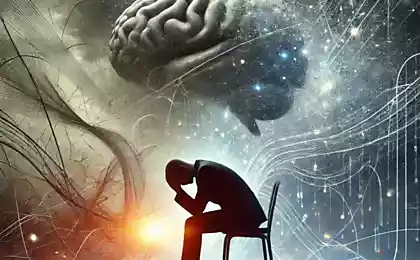368
Exercise to diagnose the psychological causes of diseases
When the body says what the soul is silent

Psychosomatics It originated at the intersection of medicine and psychology, studying the impact of emotional state on physical health. Modern research shows that up to 80% of all diseases have psychological roots. Understanding this link opens up new possibilities for diagnosis and treatment.
Maria, a 34-year-old manager, has suffered from chronic headaches for years. Numerous surveys did not reveal organic causes. Only work with a psychologist helped to discover the connection between pain and repressed anger at the unfair attitude of the authorities. As she learned to express her boundaries constructively, the headaches disappeared.
Stories like this are not uncommon. The body is a sensitive barometer of the internal emotional climate, and illnesses are often its way of drawing attention to unresolved psychological conflicts.
Scientific bases of psychosomatic connections
Research in neuroimmunology convincingly demonstrates how emotional state affects physiological processes. Chronic stress leads to elevated cortisol levels, which suppresses the immune system and increases the risk of inflammatory diseases.
Dr. Gabor Mate in his research found a direct link between the suppression of emotions and the development of autoimmune diseases. People who consistently put the needs of others above their own are three times more likely to suffer from rheumatoid arthritis and multiple sclerosis.
Neuroplasticity of the brain allows you to change ingrained patterns of response, which opens up opportunities for healing through working with the psychological causes of diseases.
Universal Exercise for Diagnostics
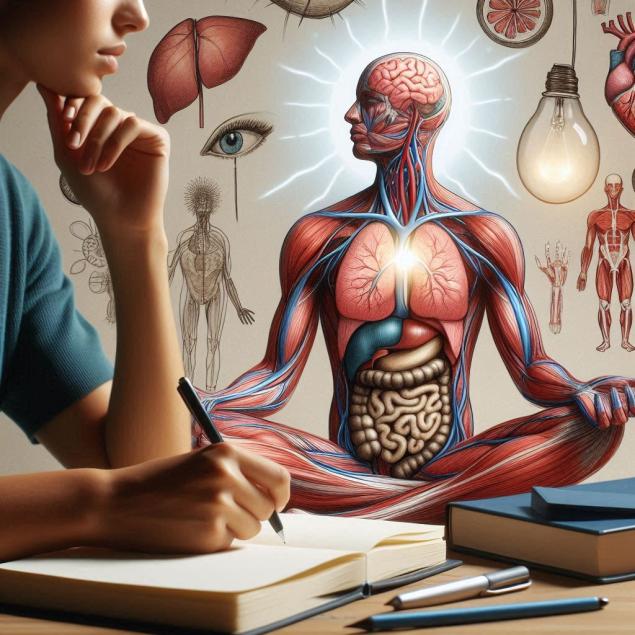
The proposed technique is based on the principles of body-oriented therapy and mindfulness practices. It helps establish a link between emotional experiences and physical symptoms.
Preparation for the exercise. Find a quiet place where you will not be disturbed for 20-30 minutes. Prepare a notebook for the notes. Sit comfortably, close your eyes and take a few deep breaths.
Body scan. Mentally walk all over the body from the top to the tips of your toes. Note places of tension, pain, discomfort or unusual sensations. Don’t try to change anything, just watch.
Focus on the problem area. Choose the area with the most pronounced sensations. Focus on her. What color is that feeling? What shape? What temperature? Is it moving or static?
Dialogue with symptom. Imagine that part of the body can talk. Mentally ask, “What do you want to tell me?” Don’t analyze the answer, just take whatever comes to mind.
Emotional research. What emotions are associated with this feeling? Anger, fear, sadness, resentment? When did you first feel something like this? Is there a connection to specific life situations?
Searching for metaphors. What does that feel like in a figurative sense? “Stone on the heart”, “stab in the back”, “headache from ...” – often our language intuitively reflects psychosomatic connections.
A record of insights. Open your eyes and write down everything that comes to mind without censorship. Often the most unexpected associations are the key to understanding.
Council: Do this exercise regularly, best done daily for a week. Patterns and recurring themes will help you better understand the psychosomatic connections in your particular case.
Interpretation of results
Analysis of the information received requires a delicate approach. Do not draw categorical conclusions based on one exercise. Look for recurring themes and emotions. Pay particular attention to the links between symptoms and life events.

Psychosomatic maps of the body
Various psychological states manifest themselves in certain parts of the body with surprising regularity. This knowledge has been accumulated for centuries in different cultures and is now confirmed in scientific research.
The main psychosomatic correspondences:
Head and neck: Overstrain, overresponsibility, trying to control the uncontrollable. Headaches are often associated with suppressed anger or perfectionism.
Heart and chest: Emotional trauma, grief, unspoken love or resentment. Breathing problems may indicate a feeling of “suffocation” in a relationship.
Stomach: Difficulties with “digesting” life situations, anxiety about the future, fear of not coping with duties.
Back: A feeling of lack of support, a burden of responsibility, a feeling that “everything is on your shoulders.”
Practical recommendations for working with results
Having received insights from the exercise, it is important to work with them correctly. Psychosomatic healing is not a quick process that requires patience and consistency.
Important: This exercise does not replace a medical examination. For serious symptoms, be sure to consult a doctor. The psychosomatic approach complements, but does not replace, traditional treatment.
Techniques of Integration of the Gained Knowledge
A diary of emotions and symptoms will help track the links between psychological state and physical well-being. Write down not only painful feelings, but also emotional events of the day.
Practicing mindful breathing when symptoms worsen helps calm the nervous system and create space for understanding what is happening. Deep diaphragmatic breathing activates the parasympathetic nervous system responsible for recovery.
The method of emotional liberation through writing shows high effectiveness. Write a letter to your symptom, express all the feelings associated with it. Don’t send an email – the writing process is therapeutic in itself.
Creating a Healing Plan
Based on the insights received, make a personal work plan with the identified psychological reasons. This may include changing attitudes to stressful situations, working with a psychologist, mastering relaxation techniques.
A symptom is not an enemy, but an ally that points to areas of life that require attention and change. Thanking your body for its wisdom is the first step to healing.
Conclusion: The Path to Holistic Health
Understanding psychosomatic connections opens up new horizons in the approach to health. We are no longer victims of circumstances, but active participants in the healing process. Each symptom becomes an opportunity for deeper self-knowledge and transformation.
Regular practice of the proposed exercise develops the inner wisdom of the body and the ability to heal. This is the way not only to physical health, but also to psychological integrity, harmony with yourself and the world around you.
Glossary
Psychosomatics - direction in medicine and psychology, studying the influence of psychological factors on the occurrence and course of somatic (body) diseases.
Neuroimmunology Science that studies the interaction of the nervous and immune systems of the body.
cortisol Stress hormone produced by the adrenal glands in response to stressful situations.
Neuroplasticity The ability of the brain to change its structure and function during life under the influence of experience.
Body-oriented therapy A psychotherapeutic approach that uses working with bodily sensations to solve psychological problems.
Parasympathetic nervous system The part of the autonomic nervous system responsible for restoring and relaxing the body.
Mindfulness A state of active, open attention to the present moment without judgment.
Pavel Durov and the Challenges of Digital Diplomacy: Between Privacy and State Security
The Impact of Intelligence on Fate




